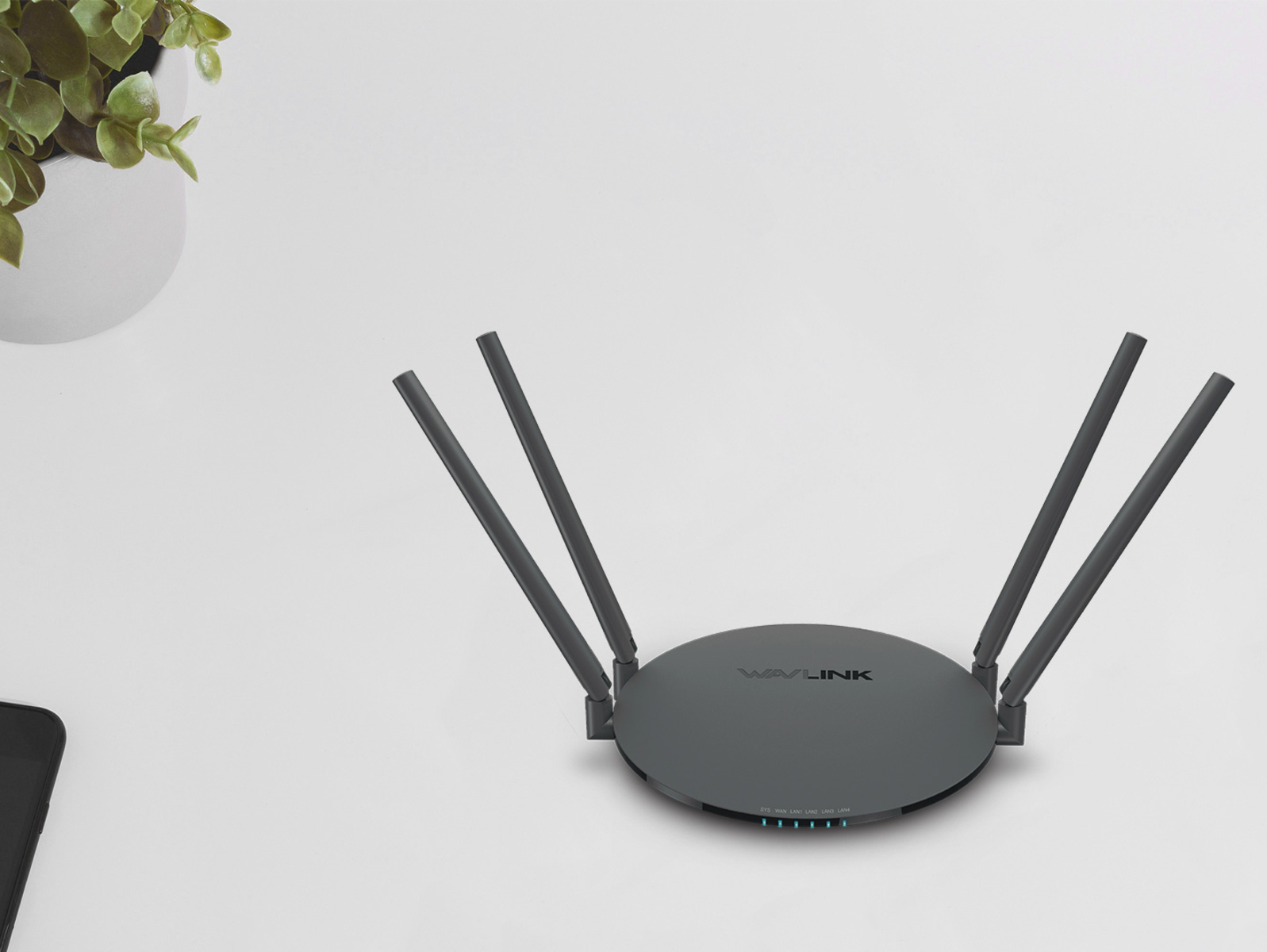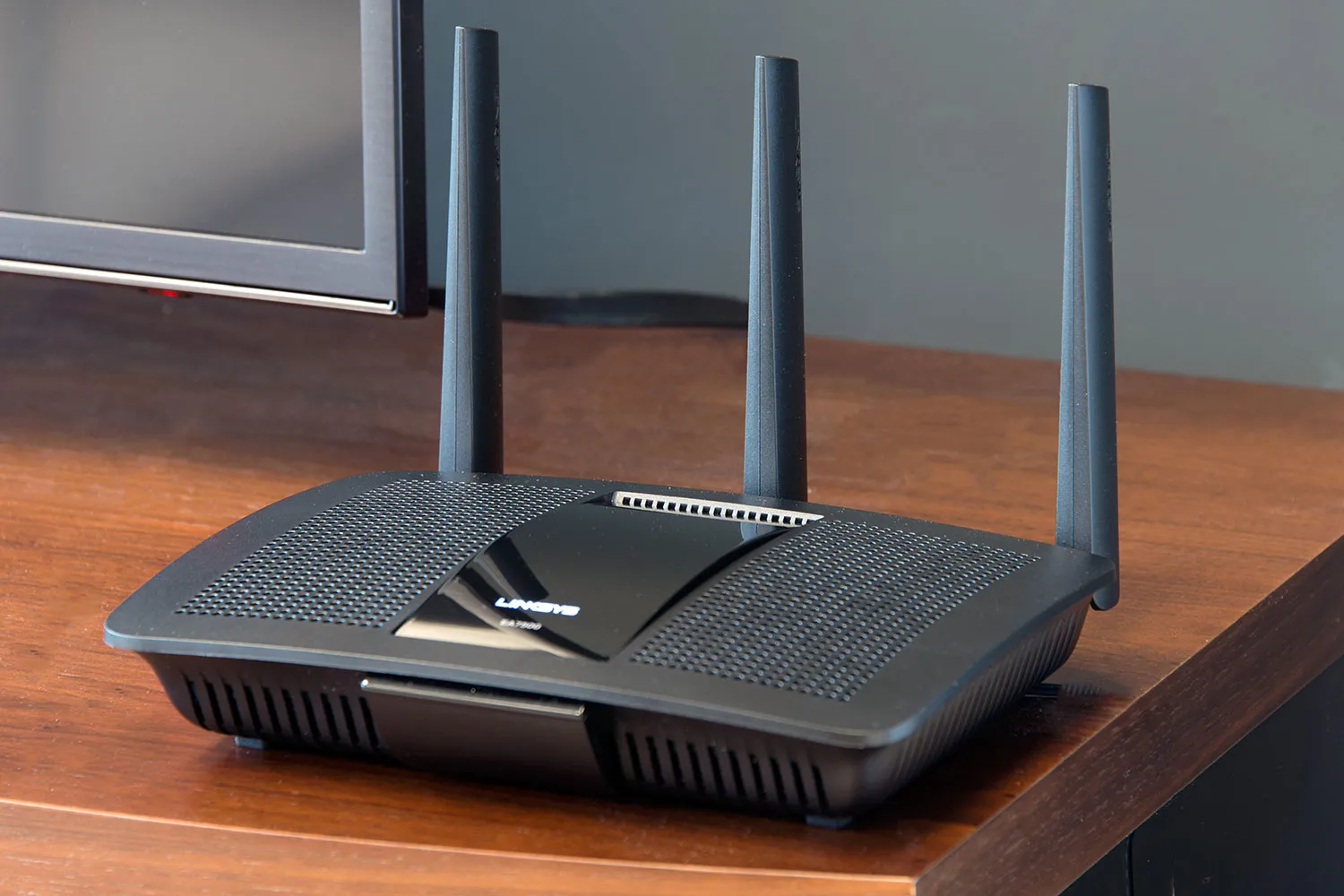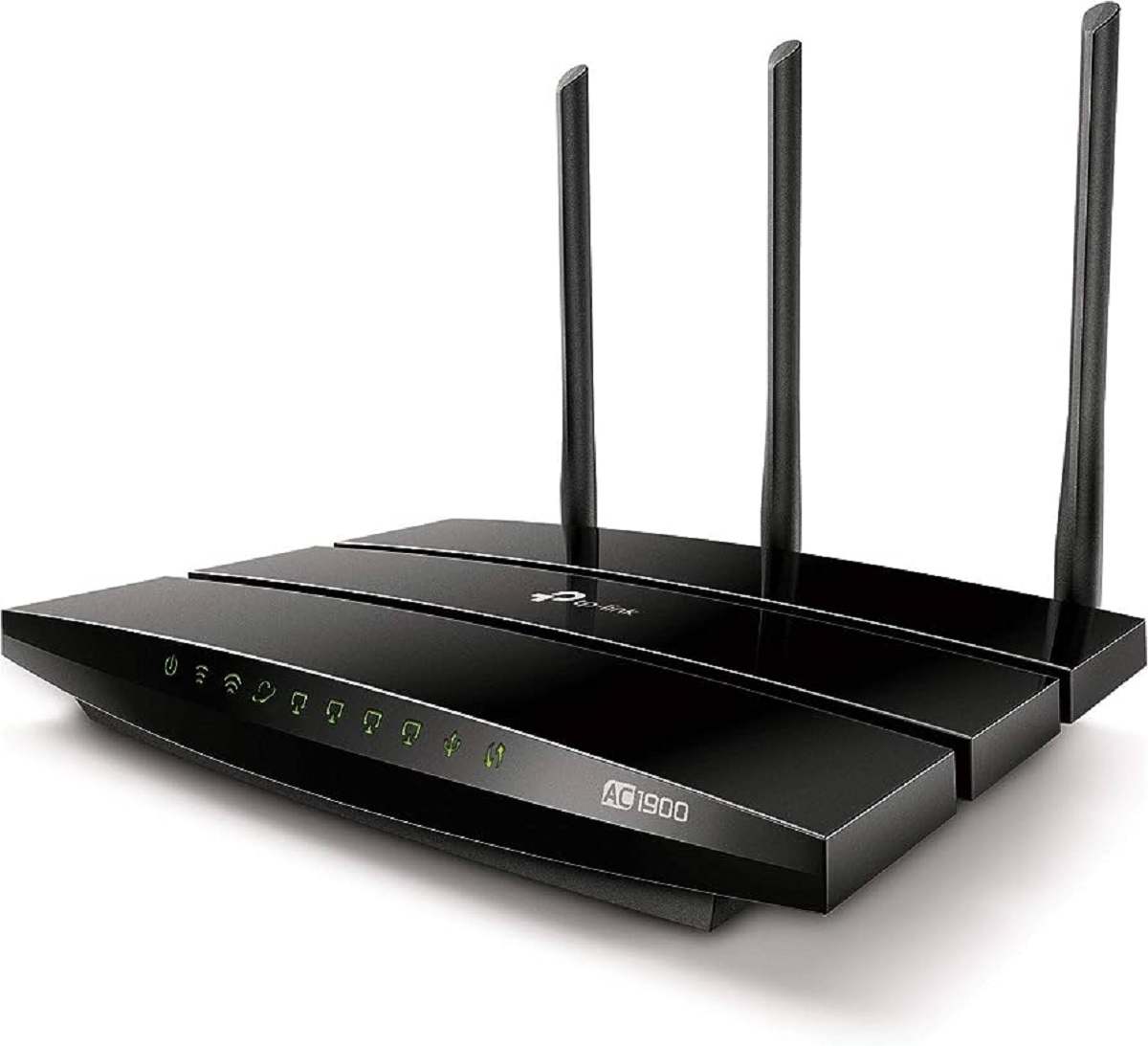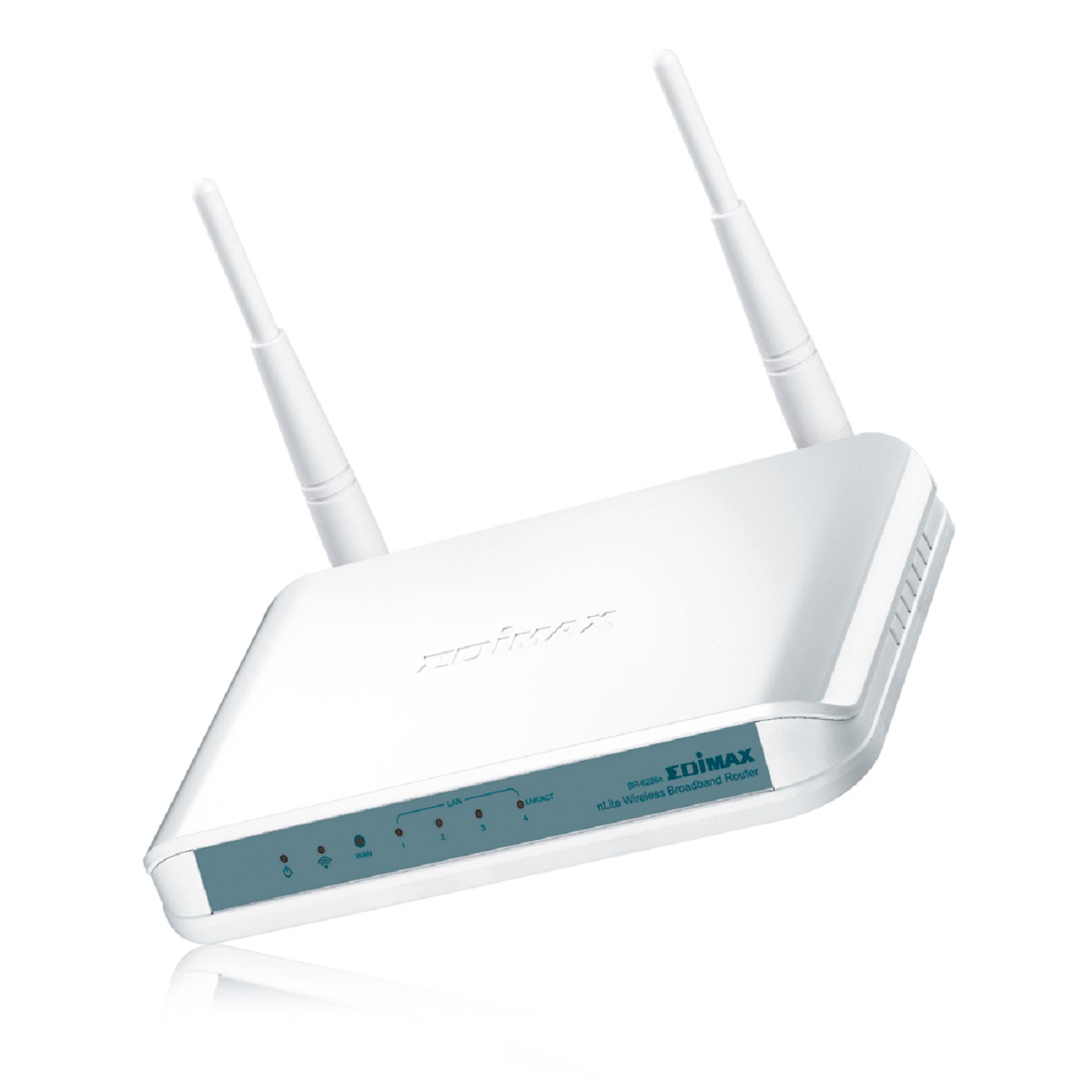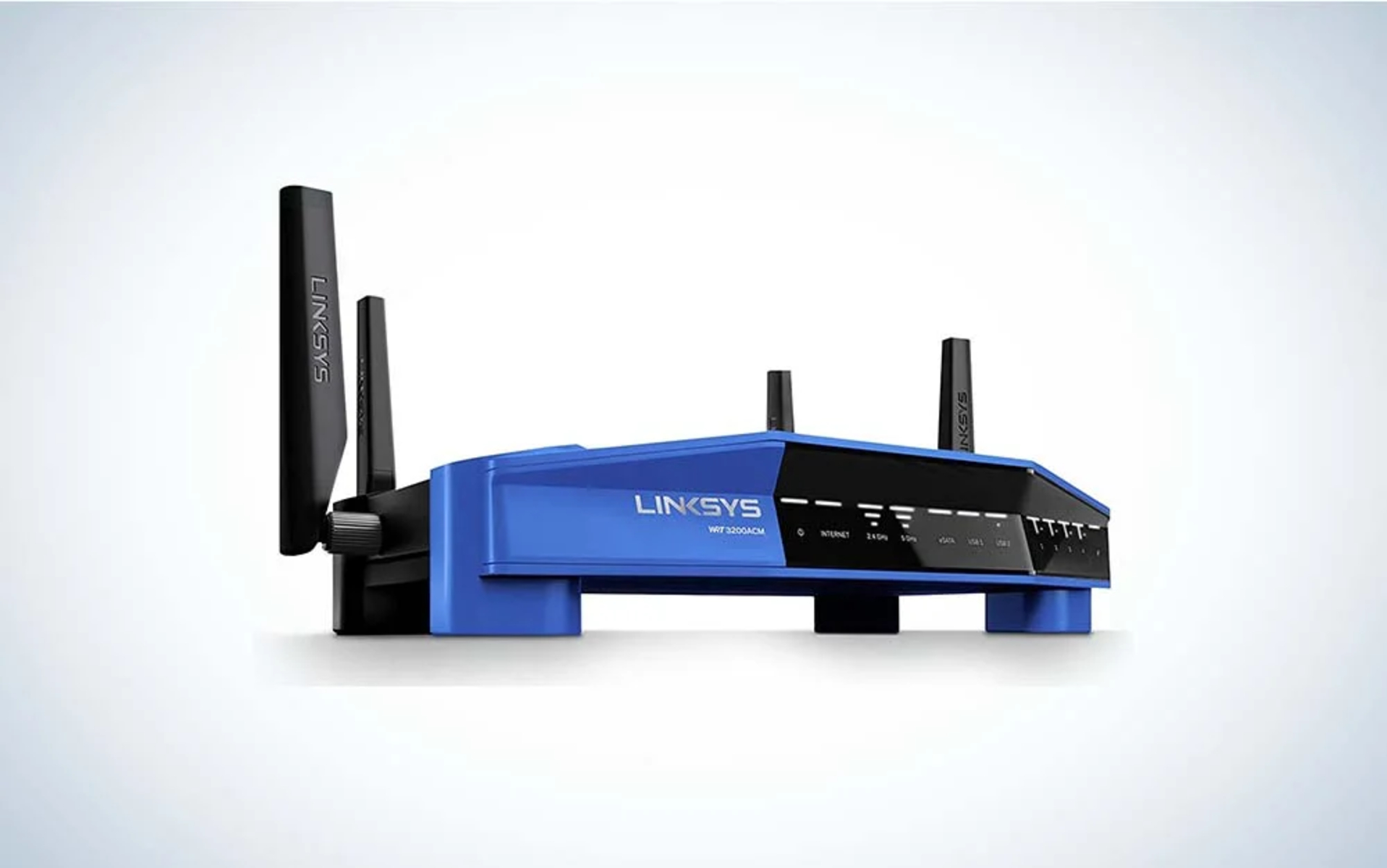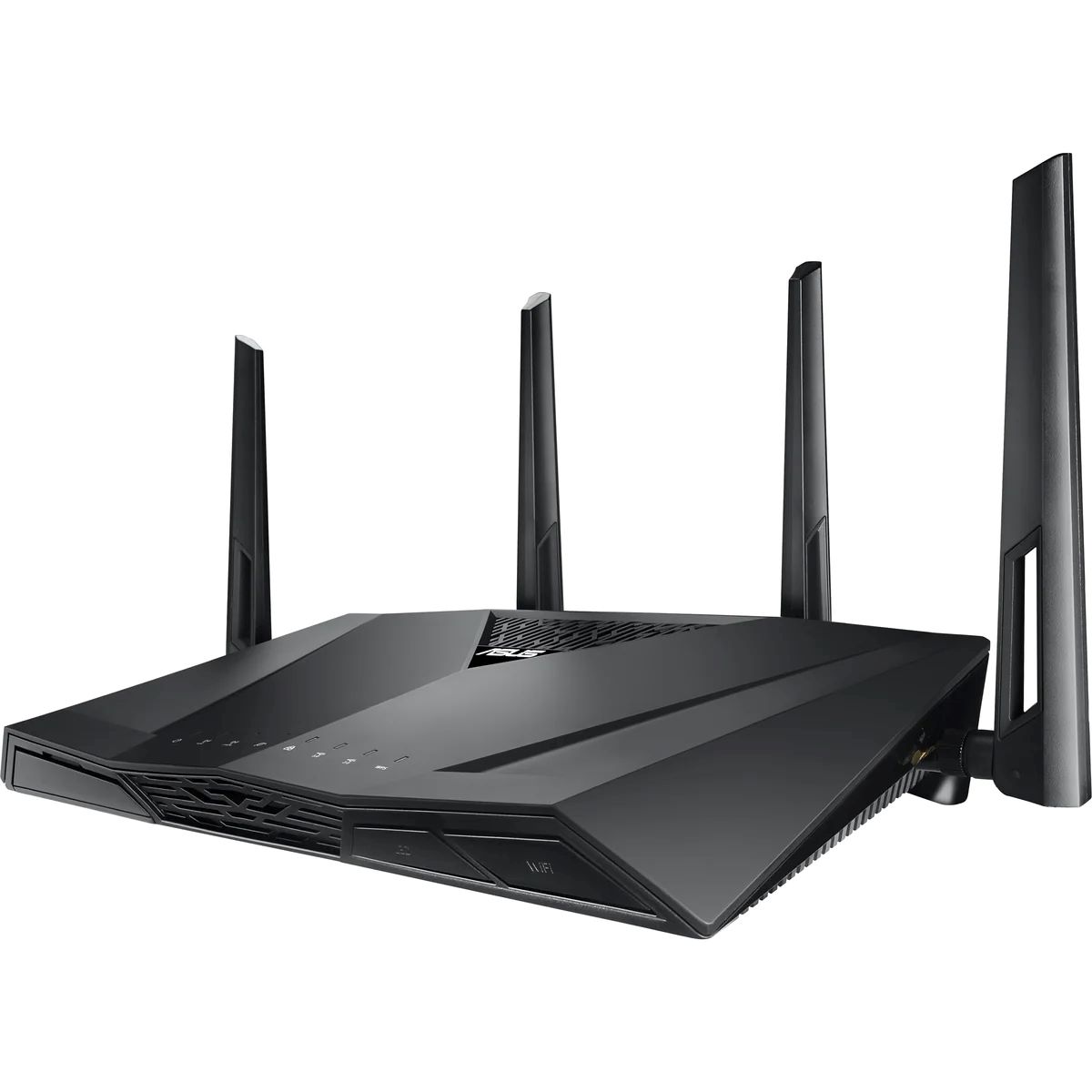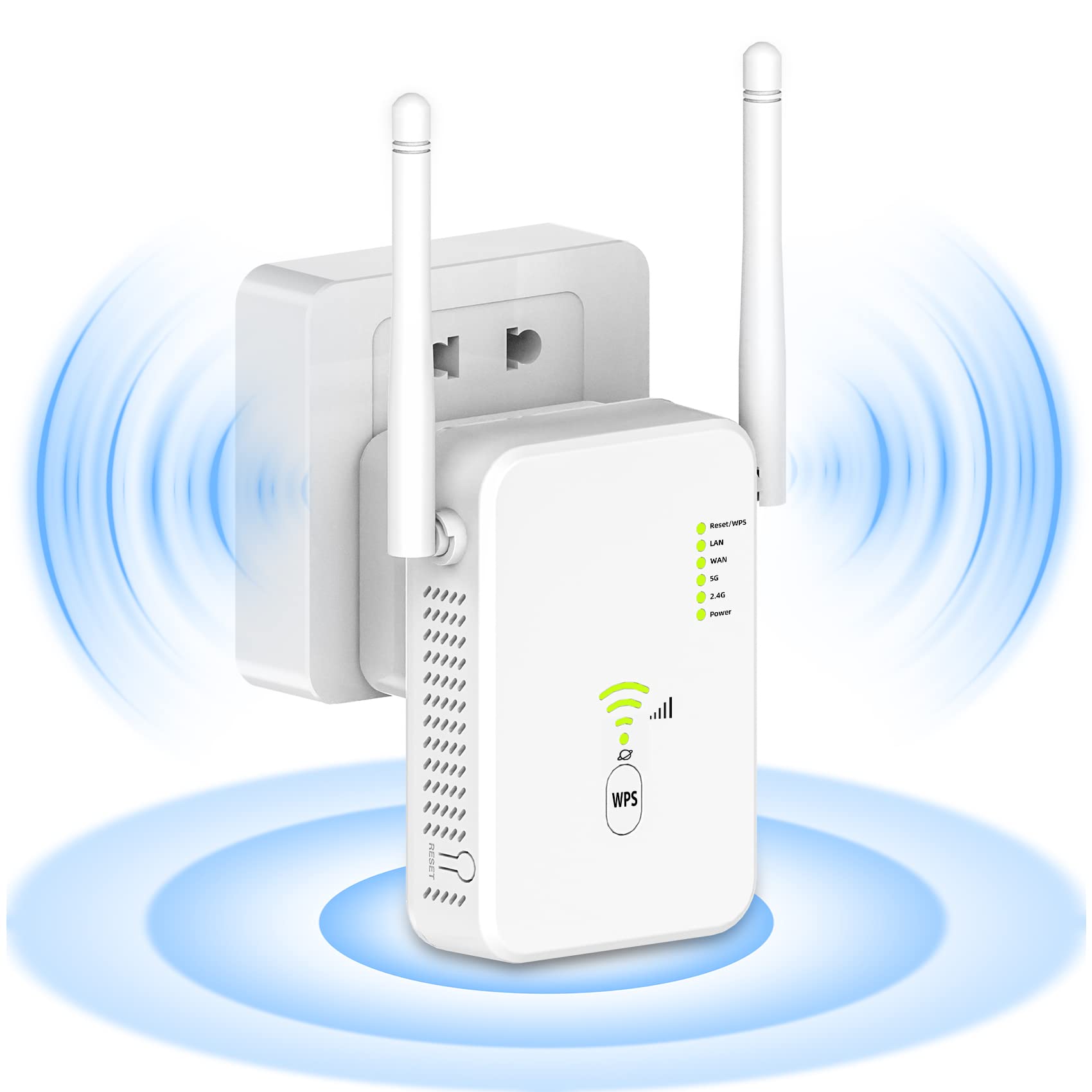Introduction
Welcome to the world of wireless internet connectivity, where having a reliable and high-speed connection is essential for our daily lives. Whether you’re streaming movies, video conferencing, or playing online games, a strong internet connection is crucial. This is where a dual-band wireless router comes into the picture. In this article, we will explore what a dual-band wireless router is, how it works, its benefits, and factors to consider when purchasing one.
In the era of multiple devices and increasing internet usage, a single-band router may not be sufficient anymore. This is where a dual-band wireless router stands out. Unlike a single-band router that operates on a single frequency band, a dual-band router operates on two separate frequency bands – the 2.4GHz and 5GHz bands. Each band offers its advantages, allowing for better performance and compatibility with different devices.
Before diving into the benefits of a dual-band wireless router, let’s briefly understand how it works. The 2.4GHz band provides a longer range and can penetrate through walls and obstacles more easily, making it suitable for basic internet tasks and devices located far away from the router. On the other hand, the 5GHz band offers faster speeds and less interference, making it ideal for bandwidth-intensive activities like streaming HD videos, online gaming, and video conferencing.
The advantages of using a dual-band wireless router are numerous. Firstly, it allows for better network performance and reduced congestion. With two separate bands, you can distribute your devices across both bands, ensuring that each device has ample bandwidth and reducing interference from other devices. This results in a smoother and more reliable internet connection, even in crowded environments where multiple devices are connected.
Secondly, a dual-band wireless router offers flexibility and compatibility. Most modern devices are compatible with both 2.4GHz and 5GHz bands, allowing them to connect to the appropriate band based on their capabilities and needs. This ensures that each device can achieve its maximum potential in terms of speed and performance, providing a better overall experience.
Lastly, a dual-band wireless router future-proofs your network. As technology evolves, more devices will be capable of connecting to the 5GHz band. By having a dual-band router, you are ready to take advantage of faster speeds and lower latency as more devices transition to the 5GHz band.
When it comes to choosing a dual-band wireless router, several factors should be taken into consideration. These include the maximum speed supported by the router, the number of antennas and signal coverage, additional features like parental controls and USB ports, and the ease of setup and management.
In the next sections, we will explore these factors in more detail and provide troubleshooting tips for common issues that may arise when using a dual-band wireless router.
Definition of a Dual Band Wireless Router
A dual-band wireless router is a networking device that allows for the simultaneous use of two different frequency bands to provide wireless internet connectivity to devices within its range. Unlike single-band routers that operate on a single frequency band, a dual-band router operates on both the 2.4GHz and 5GHz bands, offering greater flexibility and improved performance.
The 2.4GHz band has been widely used in wireless networking for years. It offers a longer range and better penetration through walls and obstacles. However, it is susceptible to interference from other electronic devices using the same band, such as microwaves and cordless phones. The 5GHz band, on the other hand, provides faster speeds and less interference, but its range is slightly shorter compared to the 2.4GHz band.
By integrating these two bands into a single router, a dual-band wireless router allows users to connect their devices to the most suitable frequency band. Devices that require a longer range or are located far away from the router can connect to the 2.4GHz band, while bandwidth-intensive devices, such as streaming devices, gaming consoles, and laptops, can connect to the 5GHz band to take advantage of its faster speeds.
Furthermore, a dual-band wireless router can have separate network names (SSIDs) for each band, enabling users to manually select the band they want to connect to. It also allows for the creation of guest networks on each band, ensuring that guest devices do not affect the performance of the main network.
With the increasing number of devices in modern households, a dual-band wireless router has become essential to handle the growing network demands. It provides users with the flexibility to distribute their devices across the two bands, reducing congestion and improving overall network performance.
In summary, a dual-band wireless router is a device that operates on both the 2.4GHz and 5GHz frequency bands, offering users the flexibility to connect their devices to the most suitable band based on their needs. It provides better performance, reduced interference, and improved network management capabilities compared to single-band routers. With the ability to handle multiple devices simultaneously, a dual-band wireless router is a reliable and efficient solution for fulfilling the internet connectivity needs of modern homes and offices.
How Dual Band Wireless Routers Work
A dual-band wireless router operates on two separate frequency bands — 2.4GHz and 5GHz — simultaneously, providing users with the flexibility to connect their devices to the most suitable band based on their requirements and the surrounding environment.
When a device sends a request to connect to a dual-band wireless router, the router broadcasts its network names, also known as Service Set Identifiers (SSIDs), for both the 2.4GHz and 5GHz bands. The device can then choose which band to connect to based on factors such as device capabilities, signal strength, and network congestion.
Once the device selects the desired band, it initiates a connection by sending a connection request to the router. The router, equipped with multiple antennas, receives the request and determines the optimal pathway to transmit the data. The data is then modulated into radio waves and transmitted through the appropriate band’s antenna.
In the case of the 2.4GHz band, the signal offers a longer range and better penetration capabilities. This makes it suitable for devices located far away from the router or in areas with obstacles. However, due to the low number of available channels and the prevalence of other devices using the same band, interference can occur, leading to decreased speeds and network congestion.
On the other hand, the 5GHz band provides faster speeds and reduced interference, but it has a shorter range compared to the 2.4GHz band. However, modern dual-band routers make use of advanced technologies such as beamforming and multiple-input, multiple-output (MIMO) to improve the signal strength and coverage of the 5GHz band.
Beamforming is a technique used by dual-band routers to direct the Wi-Fi signal towards the connected devices, enhancing signal strength and range. This allows for better coverage and performance, especially for devices located further away from the router.
MIMO, on the other hand, utilizes multiple antennas to transmit and receive data simultaneously. This results in increased data throughput and improved network performance, particularly in environments with multiple devices simultaneously connected to the router.
Overall, the simultaneous operation of the 2.4GHz and 5GHz bands in a dual-band wireless router allows for better management of network traffic, reduced interference, and a smoother overall user experience. It provides the flexibility to connect devices to the most suitable band based on their requirements, ensuring optimal performance and improved internet connectivity.
Benefits of Using a Dual Band Wireless Router
Using a dual-band wireless router offers several advantages compared to a single-band router. Here are the key benefits of opting for a dual-band wireless router:
1. Improved Performance and Reduced Congestion:
A dual-band wireless router allows you to distribute your devices across the two frequency bands, ensuring that each device has ample bandwidth. This helps to reduce network congestion and improve overall performance. Streaming HD videos, online gaming, and video conferencing can be assigned to the faster and less congested 5GHz band, while basic internet tasks and devices located far away from the router can utilize the 2.4GHz band.
2. Flexibility and Compatibility:
Most modern devices support both the 2.4GHz and 5GHz bands. A dual-band router offers compatibility and the flexibility to connect devices to the band that best suits their capabilities and needs. Devices capable of higher speeds and less interference can take advantage of the 5GHz band, while older devices or those located further away from the router can connect to the 2.4GHz band.
3. Future-Proofing Your Network:
The 5GHz band is becoming increasingly popular as more devices support it. By investing in a dual-band wireless router, you are future-proofing your network and ensuring that it can support the growing number of devices that will transition to the 5GHz band. This means you can take advantage of faster speeds and lower latency as technology advances.
4. Enhanced Network Security:
With a dual-band wireless router, you can create separate networks or SSIDs for each band. This allows you to keep your main network secure while setting up a guest network on the 2.4GHz band for visitors. By isolating guest devices on a separate band, you can protect your main network and sensitive information from potential security threats.
5. Better Signal Coverage and Range:
The 2.4GHz band has better range and can penetrate through walls and obstacles more easily. This means that devices located further away from the router or in areas with obstacles can still maintain a stable connection. By utilizing both frequency bands, a dual-band router can provide better signal coverage throughout your home or office, ensuring a reliable connection in every corner.
6. Seamless Media Streaming and Gaming:
The 5GHz band’s faster speeds and reduced interference make it ideal for bandwidth-intensive activities such as streaming high-definition videos and online gaming. By connecting your streaming devices, gaming consoles, and laptops to the 5GHz band, you can enjoy seamless media streaming and gaming experiences without buffering or lag.
In summary, the benefits of using a dual-band wireless router include improved network performance and reduced congestion, flexibility and compatibility with modern devices, future-proofing your network, enhanced network security, better signal coverage and range, and seamless media streaming and gaming experiences. By investing in a dual-band wireless router, you can optimize your internet connectivity and enjoy a smoother online experience for all your devices.
Factors to Consider When Purchasing a Dual Band Wireless Router
When shopping for a dual-band wireless router, there are several factors to consider to ensure that you make the right choice for your specific needs. Here are some key factors to keep in mind:
1. Maximum Speed:
Check the maximum speed supported by the router. Look for routers that support the latest Wi-Fi standards, such as 802.11ac or 802.11ax, as they offer faster speeds and better performance compared to older standards.
2. Antennas and Signal Coverage:
Consider the number and type of antennas the router has. Multiple antennas help to improve signal strength and coverage. Additionally, look for routers with features like beamforming, which allows for directed Wi-Fi signals, ensuring better coverage and performance.
3. Additional Features:
Consider any additional features that may be important to you. Some routers offer features like parental controls to manage and restrict internet access for specific devices or users. Other routers may have USB ports for connecting external storage devices for file sharing and media streaming.
4. Ease of Setup and Management:
Check the setup process and user interface of the router. Look for routers that offer a user-friendly setup wizard and intuitive management interface. Additionally, consider routers that support smartphone apps for easy setup and management from your mobile device.
5. Brand Reputation and Support:
Consider the reputation of the brand and the level of customer support they provide. Look for brands with a good track record of reliability and customer satisfaction. Additionally, check if the manufacturer offers firmware updates to keep your router up-to-date with the latest security patches and performance improvements.
6. Budget:
Set a budget for your router purchase and look for options that fit within your budget range. While it’s important to invest in a quality router that meets your needs, keep in mind that higher-priced routers may offer advanced features and better performance.
By considering these factors, you can make an informed decision when purchasing a dual-band wireless router. Remember to evaluate your specific requirements and prioritize the features that are most important to you. A well-chosen router will ensure a reliable and high-performance wireless network for all your devices.
Common Issues and Troubleshooting Tips for Dual Band Wireless Routers
Dual-band wireless routers may encounter certain issues that can affect the performance of your network. Here are some common issues and troubleshooting tips to help you address them:
1. Interference and Signal Strength:
If you experience weak or intermittent signals, ensure that your router is placed in an open area and away from obstructions. Additionally, avoid placing the router near other electronic devices that may cause interference. Adjusting the router’s antennas or using a Wi-Fi range extender can help improve signal strength and coverage.
2. Network Congestion:
If your network becomes slow or unresponsive, it may be due to network congestion. Try disconnecting unnecessary devices or limiting bandwidth usage for certain devices or applications. You can also change the Wi-Fi channel settings of your router to avoid interference from neighboring networks.
3. Firmware and Software Updates:
Regularly check for firmware updates for your dual-band wireless router. These updates often include performance enhancements, bug fixes, and security patches. Refer to the manufacturer’s website or user manual for instructions on how to update your router’s firmware.
4. Password and Network Security:
Ensure that your dual-band wireless router has a strong password set for network security. This helps prevent unauthorized access and potential security breaches. Regularly change your Wi-Fi password and consider enabling network encryption, such as WPA2, for enhanced security.
5. Channel Interference:
If you notice slow speeds or frequent disconnections, it may be due to channel interference from nearby networks. Use a Wi-Fi analyzer tool to identify the least congested Wi-Fi channels in your area. Then, access your router settings and change the channel to the one with the least interference.
6. Resetting and Reconfiguring:
If all else fails, you can try resetting your dual-band wireless router to its factory settings. This will revert it back to its original configuration. Refer to the user manual or the manufacturer’s website for instructions on how to perform a factory reset. Afterward, reconfigure your router with the appropriate settings for your network.
Remember that troubleshooting steps may vary based on the specific router model and manufacturer. Always refer to the user manual or the manufacturer’s support resources for detailed instructions.
By addressing these common issues and following the troubleshooting tips provided, you can resolve many of the problems that dual-band wireless router users commonly encounter. This will ensure a stable and reliable wireless network for all your connected devices.
Conclusion
In conclusion, a dual-band wireless router is a versatile networking device that offers significant advantages over traditional single-band routers. By operating on both the 2.4GHz and 5GHz frequency bands simultaneously, it provides flexibility, improved performance, and reduced network congestion.
We explored the definition and functionality of a dual-band wireless router, understanding how it works and the benefits it offers. The ability to distribute devices across two frequency bands allows for optimal performance and reduced interference. It also future-proofs your network, ensuring compatibility with upcoming devices that support the faster 5GHz band.
When purchasing a dual-band wireless router, factors such as maximum speed, antennas, additional features, setup process, brand reputation, and budget should be considered. These factors will help you make an informed decision and select a router that best suits your needs.
Common issues that may arise with dual-band wireless routers include interference, network congestion, firmware updates, network security, channel interference, and occasional need for resetting and reconfiguring. By following the troubleshooting tips provided, you can address most of these issues and maintain a stable and reliable wireless network.
In essence, a dual-band wireless router is an essential investment for modern homes and offices where multiple devices require high-speed and reliable internet connectivity. It offers improved performance, flexibility, and compatibility, ensuring a seamless online experience for all your devices.
As technology continues to advance and the number of connected devices grows, having a dual-band wireless router becomes increasingly crucial. It not only enhances your internet experience today but also prepares you for the future of faster and more capable devices.
So, take the time to evaluate your needs, research the options available, and invest in a dual-band wireless router that meets your requirements. With the right router, you can enjoy a seamless and reliable internet connection, enabling you to make the most of your online activities.







